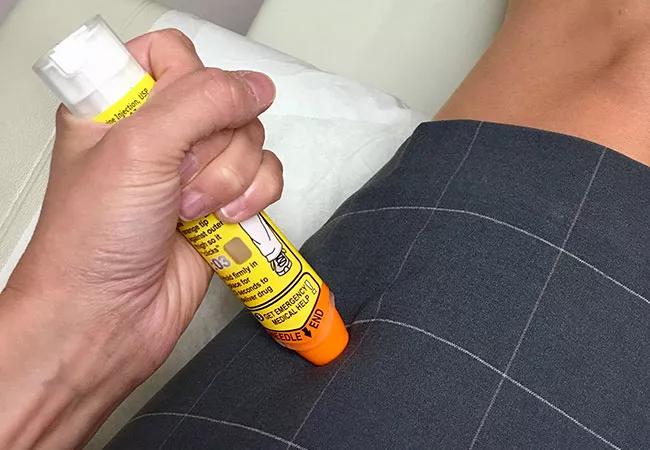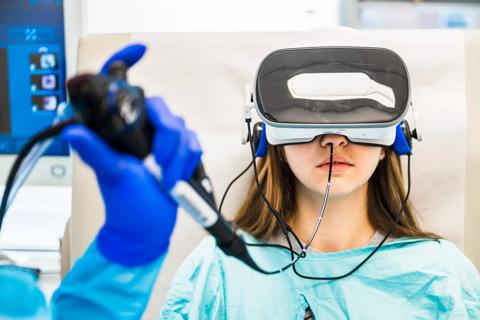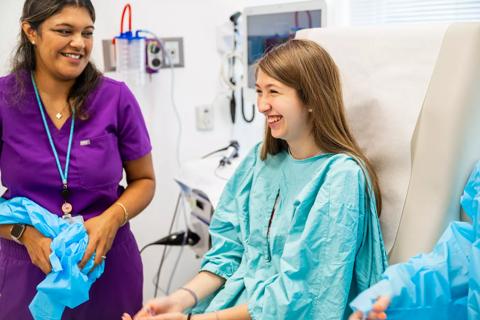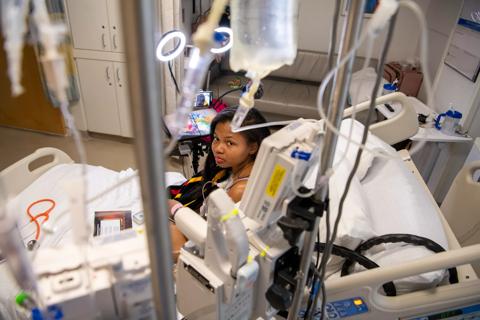How physicians can play a role in food allergy preparedness

“Doc, do you think it’s a food allergy?” Whether you are a pulmonologist, an infectious disease specialist, or an allergist, chances are you’ve been asked this question and in a variety of clinical contexts. While the term “food allergy” is often misused by the lay population to describe a food intolerance, true IgE-mediated food allergy is the immediate degranulation of mast cells upon exposure to the allergen. Other types of food allergy exist, such as eosinophilic esophagitis and food protein induced enterocolitis syndrome, but the most common food allergy is IgE-mediated food allergy. Symptoms of IgE-mediated food allergy, which typically occur from a few minutes to a few hours after ingestion, include urticaria, angioedema, dyspnea, possibly hypotension and, in some cases, death. Epinephrine, not antihistamines, stops this reaction. Prompt administration of epinephrine results in better outcomes than does delayed administration of epinephrine. Nonetheless, schools of all types – private and public, preschools through high schools – continue to struggle with adopting effective policies that promote prompt recognition and treatment of anaphylaxis. In fact, many schools lack a practiced medical emergency response plan.1
Cleveland Clinic is a non-profit academic medical center. Advertising on our site helps support our mission. We do not endorse non-Cleveland Clinic products or services. Policy
Schools today are challenged beyond educating our children. They must keep students safe and healthy throughout the school day and during after-school activities. Eight percent of children have food allergy,2 so schools need to be prepared for anaphylaxis. Government and advocacy groups have developed legislation, guidelines and tools to help schools be better prepared for medical emergencies;3-6 however, limited support is provided to schools in guiding non-medical school personnel in the development and implementation of medical emergency protocols. Rarely do schools have a practiced medical emergency response plan and team – a school’s version of a “Code Blue.” To fill this gap, I worked with school personnel, families, students, colleagues and the Code Ana program (www.CodeAna.org). Code Ana equips schools to prevent and be prepared for medical emergencies, like anaphylaxis (Figure 1).

Figure 1: In a review of two school systems prior to intervention, most reported not having a practiced, school-specific emergency response plan.
Mission-critical to anaphylaxis readiness in schools is medical education for school personnel. This need was underscored in the fall of 2017 when a young boy with food allergy and asthma accidentally ingested an allergen at his New York City preschool and subsequently died.7 Code Ana responded to this tragedy by developing Code Ana’s Epinephrine Training Program, which is approved by New York State as an epinephrine training course. In the fall of 2018, Code Ana donated this course to the NYC Department of Health, specifically for NYC daycare personnel. Also, I traveled to NYC to lead in-person epinephrine training workshops and answer questions about food allergy anaphylaxis. To date, over 8,000 day care personnel have successfully completed the online course, and epinephrine has already been used by Code Ana trainees in three real-life emergencies to treat anaphylaxis and prevent another tragedy.
In our quest to help schools, we continue to grow and share Code Ana, prescribe stock epinephrine auto-injectors through Cleveland Clinic Children’s School-Based Health Care and develop user-friendly medical emergency tracking and reporting tools.8 As a physician, you too have the unique opportunity to play a critical role in schools by sharing evidence-based information, thereby increasing safety and wellness for children and adults. If you are interested in participating in school-focused medical education that targets children or adults, please reach out to me. You have something invaluable to share, and it may save a life. Together, we can equip our schools to prevent and be prepared for medical emergencies. Teamwork makes the dream work!
Dr. Hoyt is an adult and pediatric allergist and immunologist in Cleveland Clinic’s Department of Allergy and Clinical Immunology, Respiratory Institute.

IBAT inhibitors, elastography and more

Programs bring age- and size-appropriate technology to children

Unpacking advancements and identifying drivers of inequity

Self-efficacy mindset, burst therapy and increased biofeedback may help improve outcomes

Pediatric and adult gastroenterologists offer team care for patients with eosinophilic esophagitis

New guidelines expand on psychosocial, sexual health, cognitive and other issues

Consensus conference begins work on new recommendations for clinical care and research

Systemic change needed to improve health outcomes for parents and children, say researchers